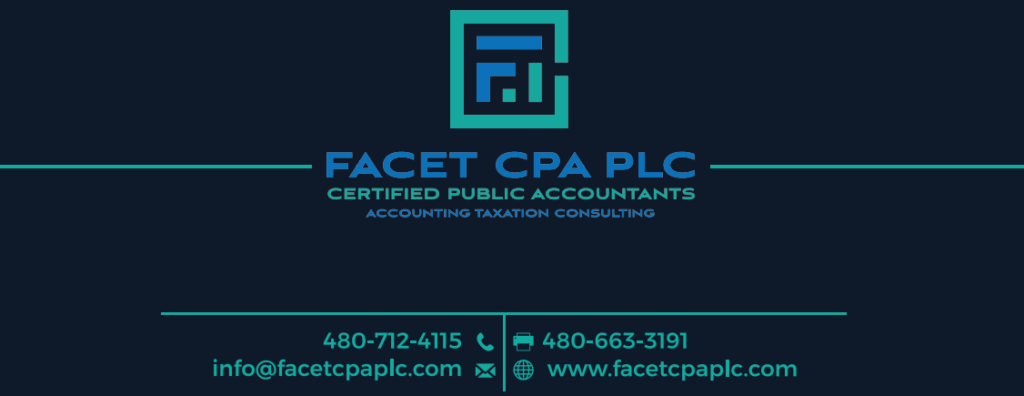In today’s fast-paced business world, offering customized services or products can be a great way to attract and retain clients. However, for businesses, especially those in the accounting and CPA space, customizations may not always be the best path to growth. While it may seem like a good idea to tailor every solution to individual clients, excessive customization can lead to inefficiencies, increased costs, and even compliance risks. In this blog post, we’ll explore whether you should avoid customizations in your accounting practice, and how to strike the right balance between standardized services and tailored solutions.
The Pros and Cons of Customizations
Pros of Customizations:
- Client Satisfaction: Offering tailored services can create a personalized experience that strengthens client relationships. For example, a business client might appreciate customized financial reports that cater to their specific industry.
- Competitive Edge: In a crowded market, offering unique, client-specific solutions can differentiate your CPA firm from competitors.
- Higher Fees: Custom services often justify higher prices, potentially increasing your revenue per client.
Cons of Customizations:
- Increased Complexity: Customizing services can quickly become a logistical nightmare, adding complexity to workflows, systems, and processes. For accountants, this could lead to inconsistencies in tax reporting or financial statements.
- Inefficiency: Tailoring services to individual clients consumes more time and resources, reducing your ability to serve a larger client base efficiently.
- Compliance Risk: The more customized your services, the higher the risk of error or oversight, which can have serious legal or regulatory consequences in accounting.
Why Customizations Can Be Risky in Accounting
1. Complicating Compliance and Reporting
One of the biggest risks associated with customization in accounting is the potential for non-compliance. As a CPA, you are responsible for ensuring that your clients’ financial statements and tax filings meet all legal requirements. When you customize too many aspects of your services, such as reporting formats or accounting methods, it becomes harder to maintain standard procedures and ensure that all necessary checks are in place.
For example, tailoring a financial report structure to meet a single client’s specific needs could cause confusion when it comes time for tax filing or audits, leading to errors or missed deadlines. Compliance in accounting is non-negotiable, and too much customization increases the likelihood of mistakes.
2. Resource and Time Drain
Customization often requires additional resources in terms of time, technology, and manpower. In an accounting firm, this could mean spending extra time setting up individualized financial tracking systems or creating custom tax strategies for each client. While this may benefit a small number of high-value clients, it can drain resources that could otherwise be used to scale the business.
Over-customizing also limits your ability to implement automated systems and processes, which are key to scaling a CPA business. As custom work becomes the norm, it reduces your firm’s ability to serve multiple clients efficiently, ultimately limiting growth potential.
3. Increased Costs and Lower Profit Margins
In addition to being time-consuming, customizations often lead to higher costs. Customizing software, creating tailored reporting templates, or offering personalized services may require specialized tools, extra personnel, or more client touchpoints. These added expenses can quickly eat into your profit margins.
Moreover, custom services are harder to standardize, making it more difficult to determine how much to charge. If your pricing model doesn’t account for the added time and effort, you risk undercharging and hurting your bottom line.
When Customizations Make Sense
Although customizations present challenges, there are cases where offering tailored services can be valuable. The key is knowing when and how to offer these services in a way that maximizes their benefits while minimizing their drawbacks.
1. High-Value Clients
For high-value clients who generate a significant portion of your firm’s revenue, offering custom solutions can be a strategic decision. These clients often require more attention and specialized services, which justifies the additional time and resources invested. However, this should be the exception rather than the rule.
2. Specific Industries
Some industries require specialized accounting and tax services due to regulatory differences. For example, healthcare, construction, and non-profits all have unique financial reporting requirements. In these cases, offering industry-specific customization can differentiate your CPA firm and position you as an expert in that niche market.
3. Customizing Within a Framework
Instead of fully customizing every aspect of your service, consider developing a flexible framework that allows for some degree of personalization. For example, you could standardize your tax preparation process but offer add-on services like customized financial planning or advisory services. This allows you to provide a level of customization without disrupting your core processes.
How to Strike a Balance Between Standardization and Customization
1. Focus on Standardizing Core Services
The backbone of any successful CPA business should be standardized services, such as tax preparation, bookkeeping, payroll, and financial reporting. These are areas where consistency and compliance are critical, and customization offers little additional value. By standardizing these core services, you can increase efficiency, reduce errors, and maintain compliance.
2. Leverage Technology
Technology can help bridge the gap between customization and standardization. For example, many accounting software platforms offer customizable reporting features that allow you to provide tailored insights while still using standardized data. Automating routine processes can free up time for more high-level client services, without the need for excessive customization.
3. Offer Value-Added Services
Instead of customizing your core accounting services, consider offering value-added services that cater to specific client needs. For example, financial advisory, tax planning, or business consulting services can be offered as premium options. These services can be more flexible without disrupting the core processes that keep your business running smoothly.
4. Set Clear Boundaries
It’s important to set expectations with clients from the outset. Clearly define which services are included in your standard offering and which would require additional time and fees. This not only manages client expectations but also ensures that you are compensated for any extra work.


